Doing discovery close to home
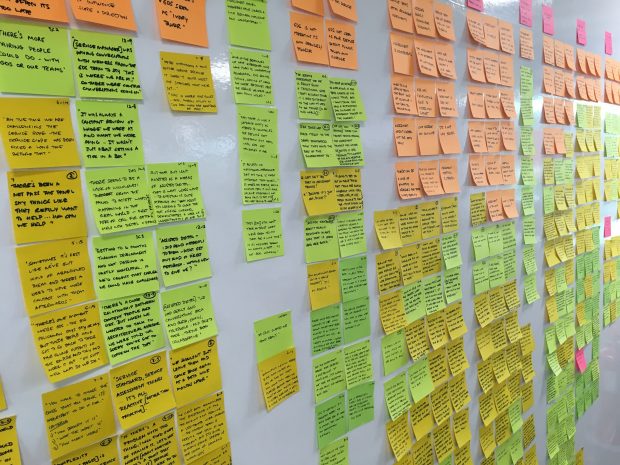
From February to April, the Standards team at GDS ran a discovery into the service assessment process. The aim was to understand what was working well and what was not working well.

From February to April, the Standards team at GDS ran a discovery into the service assessment process. The aim was to understand what was working well and what was not working well.
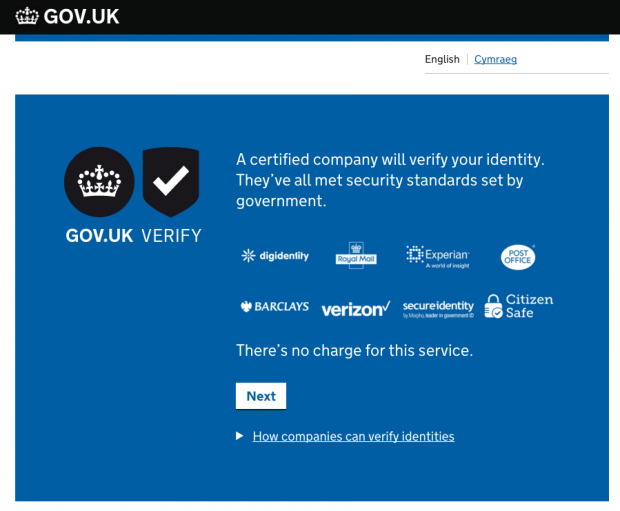
When they plan user research, most user researchers start with an objective (eg test the usability of a new online transaction), and probably some more specific research questions.
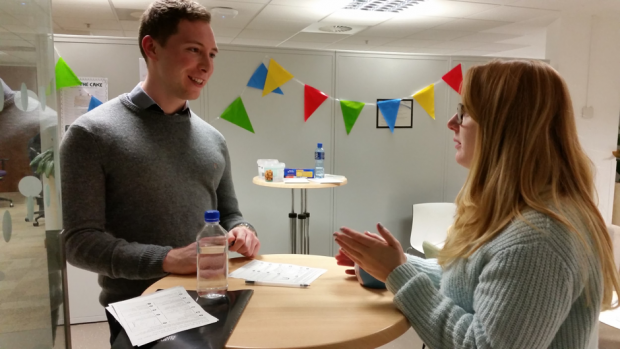
I expect you’ve already heard of High Speed Two (HS2). It will be the UK’s second high speed rail line, running North from London, initially to Birmingham. And the first main line railway to be built in the UK since …
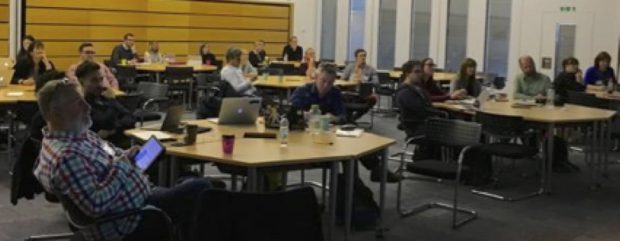
Week-in and week-out user researchers communicate findings to teams and stakeholders. This is our stock-in-trade and we feel confident about it. But managing research over many months, or between teams rarely gets our focus.
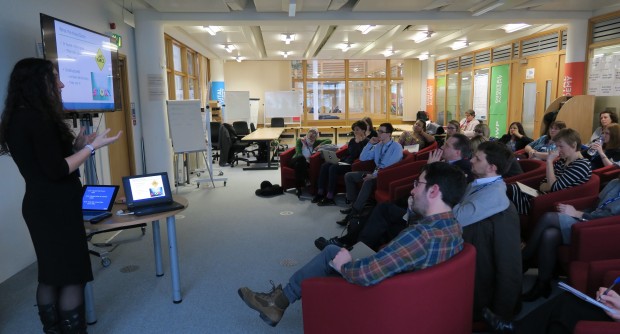
How can we include all kinds of users in our research, including those who may be harder to reach or reluctant to take part?
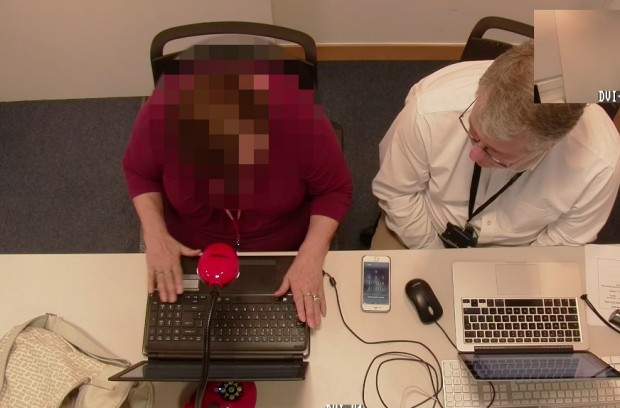
Government services should be usable by as many people as possible, including those who are disabled. It’s our sixth design principle.
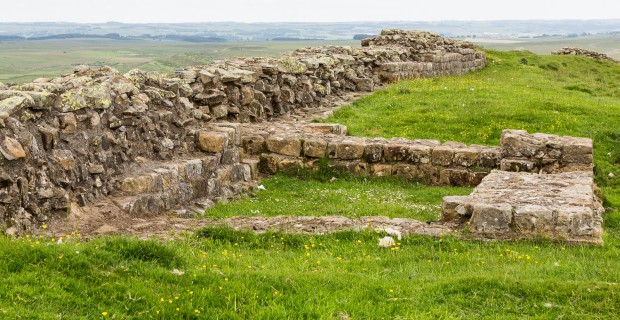
I love walls. I love them so much I once gave a talk about them, using a wall. And I know you love them too.
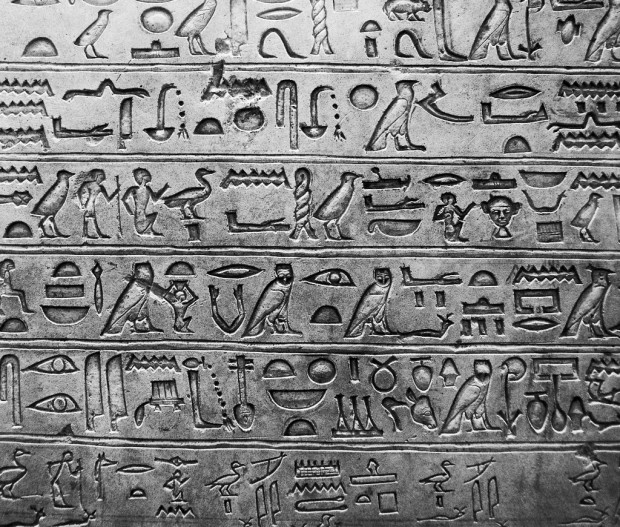
If I had to guess, I'd say that for government services, 60% of our user research and design effort is about the words we use.
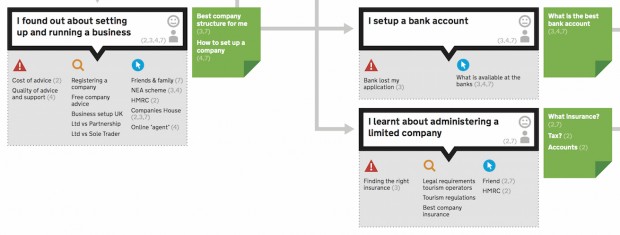
We love a good experience map. When we're doing Discovery for new services, they're a great way to communicate what we learn about our users' current experience.
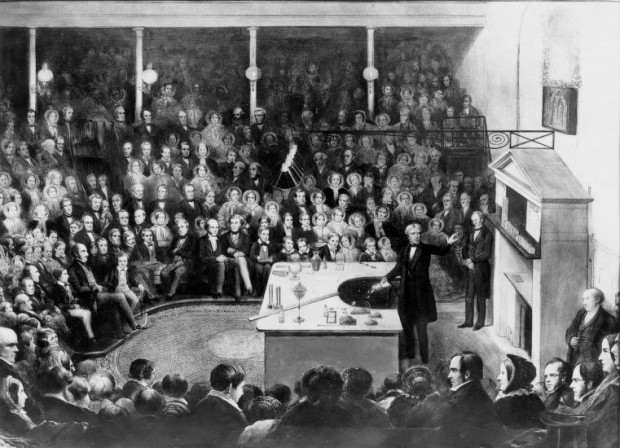
In agile, we find that user research works best when we do research in every sprint.